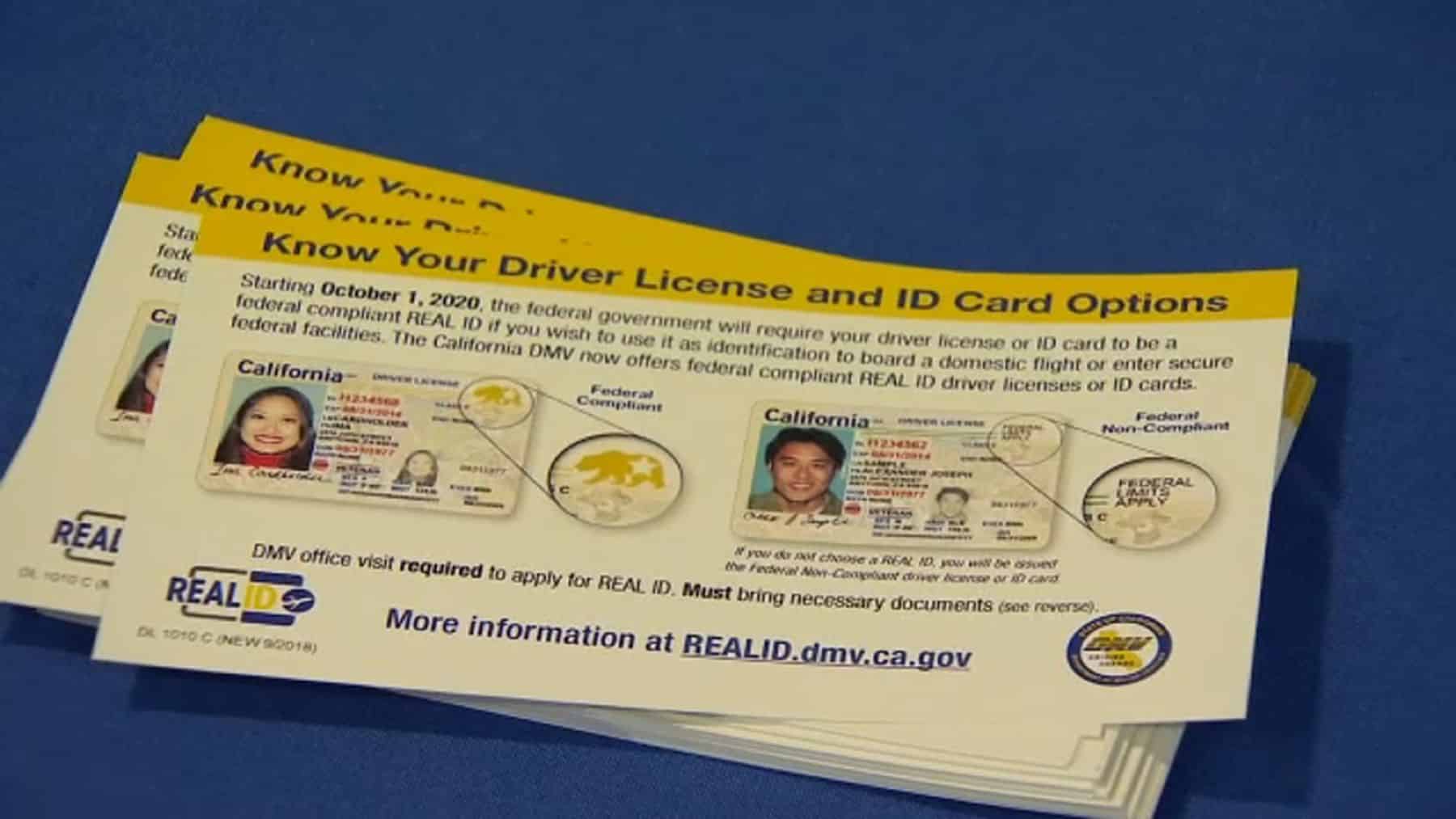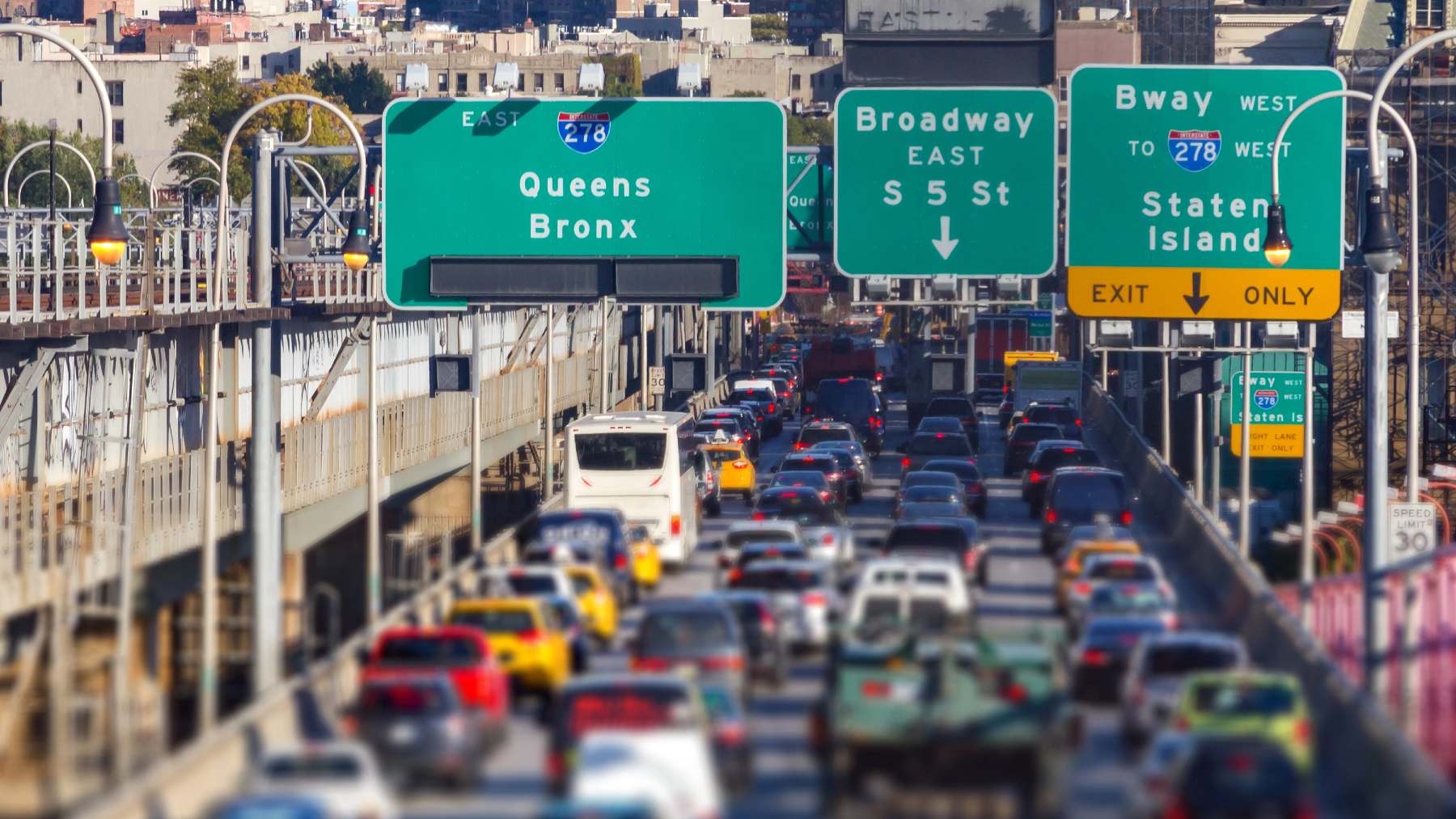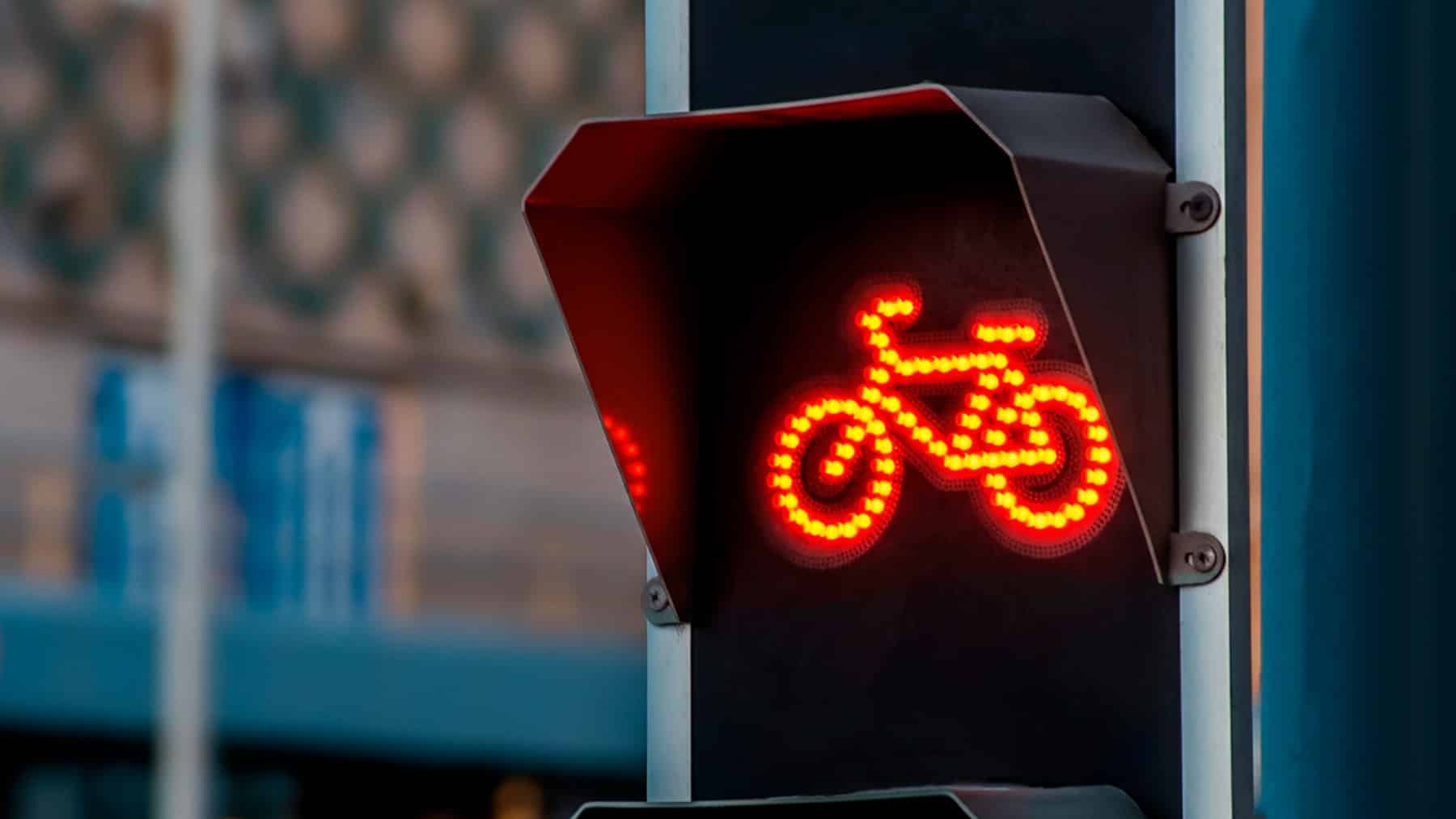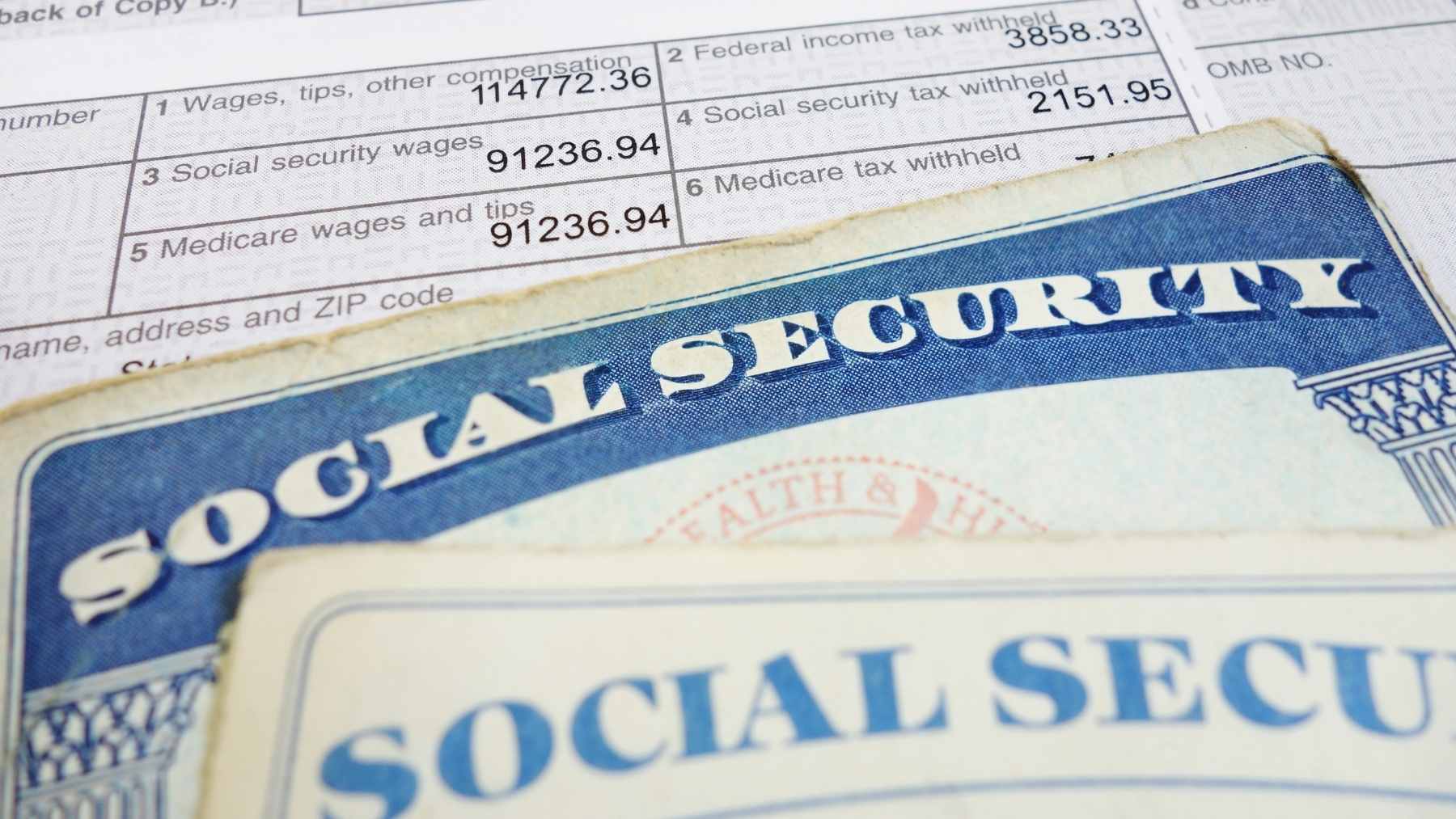Traveling can be a stressful experience for many Americans. There are consistently concerns surrounding valid identity documents and making sure that your licenses and passports are up-to-date. You do not want to be in the unfortunate position where you miss your flight due to not checking to make sure that you have all the required valid documentation to board. Regarding this, all Americans must familiarize themselves with the looming REAL ID deadline if they want to board a flight going forward for the future.
Looming REAL ID deadline for citizens
The REAL ID Act was passed in 2005 after the 2001 9/11 terrorist attacks. The REAL ID Act was in response to enhancing national security after it was found by the 9/11 Commission’s investigation that the hijackers of the planes had used fraudulent IDs to board the planes, which flew into the World Trade Center buildings, killing around 3,000 civilians.
The REAL ID Act meant that federal standards were put into practice regarding state-issued driver’s licenses and ID cards. Before the REAL ID Act, states had the freedom to set their own rules and regulations, and policies for identity documents. This meant that fraudulent IDs were much easier to create as no two IDs across states were the same, a vulnerability which was exploited in the 9/11 attacks.
The REAL ID Act means that now all state-issued IDs used for federal purposes must have the same standards and security features. However, despite the Act’s implementation in 2005, it has taken twenty years for the Act to go into full effect due to concerns and problems regarding cost, privacy, and practicality of such a widespread Act. However, from May 7, 2025, the US Department of Homeland Security has announced that all citizens must ensure that they have a REAL ID to board domestic flights and enter federal buildings or military bases.
Documents that are REAL ID compliant
It is important to note that if you have a valid passport, you do not need a REAL ID. However, if you are traveling domestically and are using your driver’s license, you must carry a REAL ID with you. In addition, if you possess one of the following pieces of identity documentation, it is REAL ID compliant and means you do not have to have a REAL ID with you if you are travelling with these identity documents:
- Foreign government-issued passport
- U.S. Citizenship and Immigration Services Employment Authorization Card (I-766)
- Permanent resident card
- Border crossing card
- Federally recognized, tribal-issued photo ID
- U.S. Department of Defense ID
If you live in the state of Minnesota, your enhanced IDs are also REAL ID compliant.
How to apply for a REAL ID: Bad news on additional documentation
The biggest challenge regarding applying for your REAL ID is that you will have to submit more paperwork than usual compared to what you would for a driver’s license. While this will be an additional admin step you must take, it is important to remember that possessing the REAL ID produces far fewer complications than avoiding the application process and not possessing the document.
To apply for the REAL ID, you must present three types of documents at your local DMV:
- One document to prove your identity
- Two documents to prove your residency
While the change may be an inconvenience for drivers, DMVs have made accommodations for the influx of people who are expected to be applying for the REAL ID. This includes extending DMV working hours in order to help citizens come in to apply for the REAL ID. In addition to your REAL ID, check to see if your state offers a digital ID. With 75% of states offering digital IDs or being in the process of a digital ID system, it would be efficient for you to apply for both at the same time.














